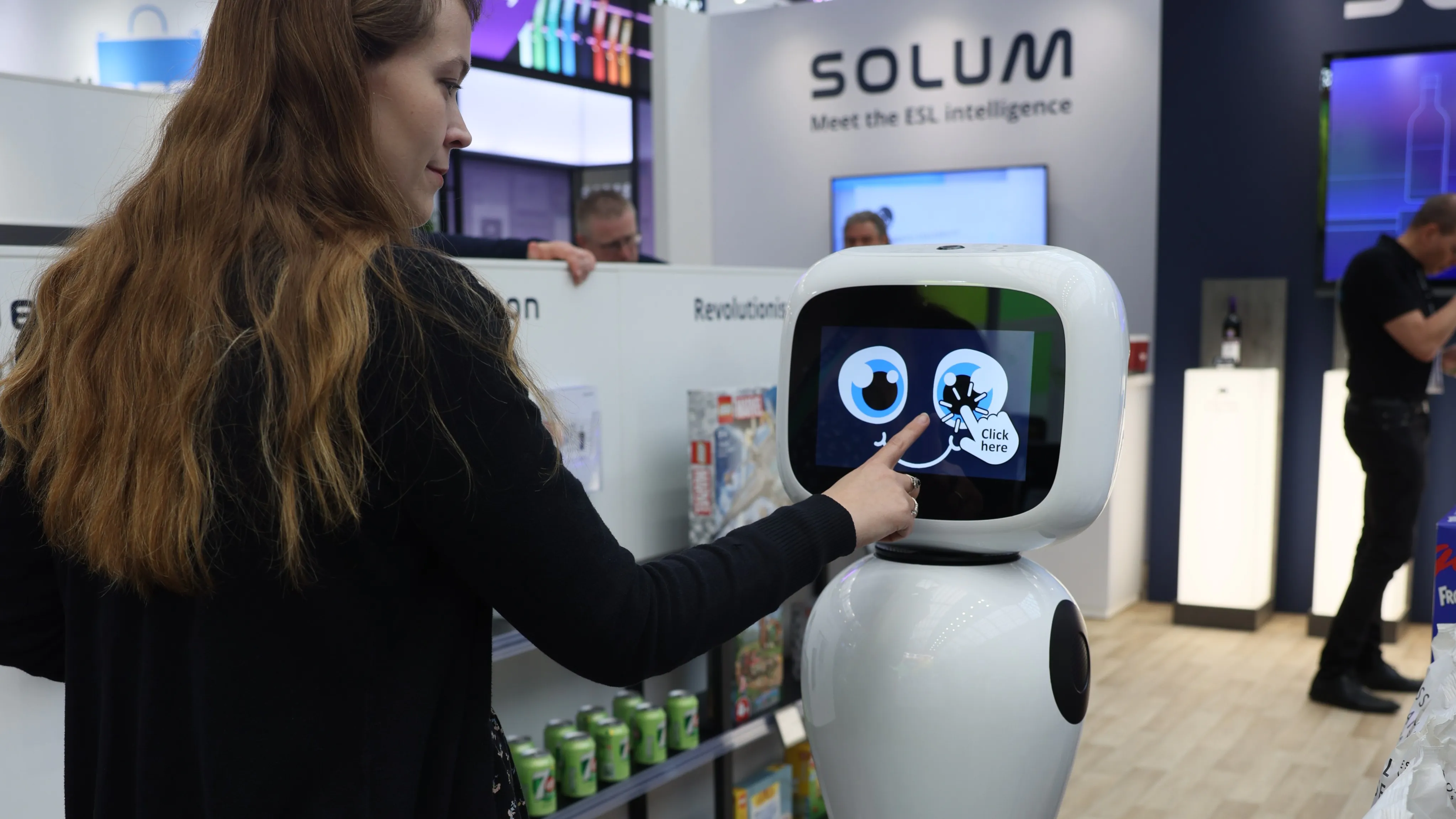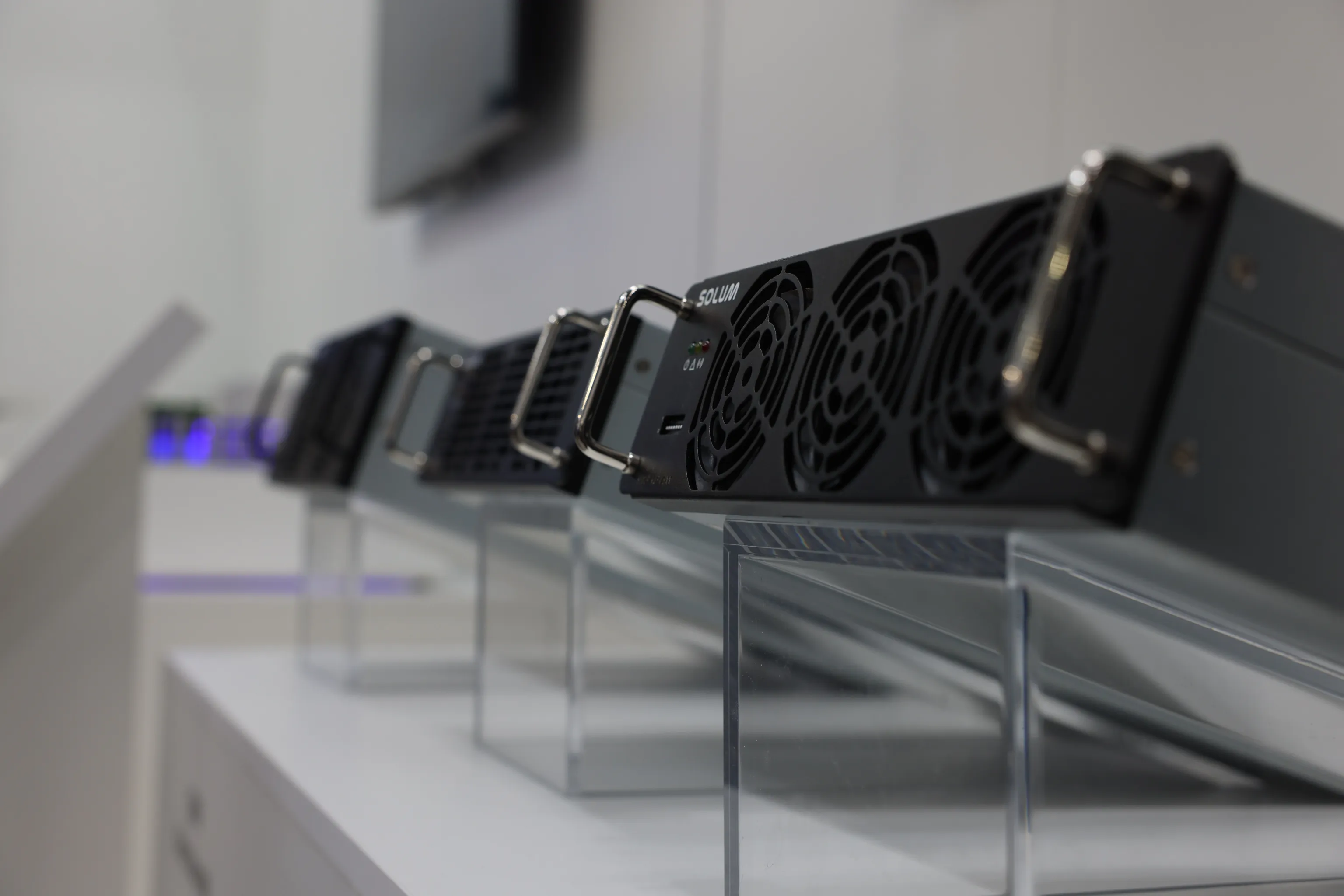Misplacing things is a common occurrence in people’s lives. It’s easy to misplace small objects such as car keys, TV remote controls, phones, tablets, and more. The problem is, if you have a business, misplacing things can have big consequences for your operations. It can take away time, manual labor, and resources, which will impede efficiency, productivity, and success. This is where tracking stickers come in. Tracking stickers can be a one-of-a-kind solution to help prevent lost, stolen, or misplaced items, not just for personal matters but for business environments as well.
What are tracking stickers?
Tracking stickers are small adhesive labels embedded with tracking technology that allows them to be monitored and tracked. Tracking stickers can vary in many forms. Some might be button-like stickers, while others might look like actual sticker labels. No matter what they look like, these stickers often contain technologies such as GPS (global positioning system) technology, RFID (radio-frequency identification), NFC (near-field communication), or Bluetooth energy signals.
Some of the key components of tracking stickers include:
- RFID Chips: RFID tracking stickers contain a small chip and antenna, which can be read by RFID readers. These are commonly used for inventory management, asset tracking, and retail for tracking products.
- NFC Capabilities: NFC-enabled stickers, on the other hand, can be read by smartphones and other NFC-enabled devices. They are often used for quick data exchange, contactless payments, and interactive advertising.
- QR Code Technology: Tracking stickers with QR codes can be scanned by smartphones to access information or track items. They are commonly used for marketing, event ticketing, product information, and more.
- GPS Technology: Some advanced tracking stickers incorporate GPS technology as well to provide real-time location data. These are used for high-value asset tracking, logistics, and personal item tracking.
Tracking stickers like these bring a lot of benefits to individuals and businesses alike. They can reduce manual labor and errors, help enhance theft prevention and loss management, provide real-time data for informed decision-making, and create interactive experiences for customers. In other words, they can improve efficiency, security, data accuracy, and customer engagement for people and businesses.
How do GPS tracking stickers work?
Global Positioning System, or GPS tracking technology, is one of the most commonly used technologies among tracking stickers. GPS tracking stickers work by incorporating a small GPS receiver and often a communication module into a compact, adhesive form factor.
Here is a detailed overview of how they work:
Components and functionality of GPS tracking stickers
- GPS Receiver
Satellites: The GPS receiver in the tracking sticker communicates with a network of satellites orbiting the Earth. At least four satellites are needed to triangulate and pinpoint the precise location.
Location Data: By calculating the time it takes for the signals to travel from the satellites to the receiver, the device can determine its exact location (latitude, longitude, and altitude). - Communication Module
Cellular Networks: Many GPS tracking stickers use cellular networks (like GSM or LTE) to transmit location data to a server or a user’s device.
Other Networks: Some might use other communication technologies like LoRa (Long Range) or Wi-Fi for data transmission. - Power Source
Battery: GPS tracking stickers are typically powered by small, rechargeable batteries. Battery life can vary depending on the sticker’s size and the frequency of location updates or uses of the tracking device.
Energy Efficiency: Advanced models of tracking stickers are designed to be energy-efficient. Sometimes they include features like motion detection to only activate when movement is detected. This helps conserve power. - Software
Tracking Software: The location data is sent to a server, where it can usually be accessed through a web platform or a mobile app. Users can monitor the real-time location, track movement history, set geofences, and receive alerts about the whereabouts of certain objects and assets
How GPS tracking stickers work
- Activation: Once the GPS tracking sticker is activated, the GPS receiver starts receiving signals from the satellites.
- Data Calculation: The receiver calculates its position by determining the distance from at least four satellites.
- Data Transmission: The calculated location data is transmitted via the communication module to a central server.
- User Access: Users can access the location data through an app or online platform, allowing them to track the sticker in real time, review past movements, and configure alerts or geofences.
- Location Alerts: Location alerts can then be received in a number of ways. This includes predetermined intervals (every minute, every hour, or more), manual requests through apps or platforms, when sent by the user close to the object, or when crossing a geofence.
Uses of tracking stickers
Tracking stickers are versatile tools that can be used across various applications, whether it be for professional use or for personal matters. There are a lot of opportunities and possibilities with tracking stickers. The only limit is one’s imagination.
Here are some of the key uses:
Inventory management
- Warehouse management: Tracking stickers helps in managing inventory levels, locating items quickly, and reducing errors in stock counts. This can enhance the operational efficiency of warehouses and distribution centers.
- Retail inventory: Stores use them to track merchandise, manage stock, and streamline checkout processes. This can be crucial in various retail environments.
Asset tracking and management
- Office equipment: Companies place tracking stickers on laptops, projectors, and other valuable office equipment to prevent loss and theft. This can also help them manage assets within their vicinity.
- Construction tools: Construction firms use them to track tools and machinery. This can help ensure they are properly maintained and available when needed.
- Educational asset management: Schools and universities can also use tracking stickers to manage IT equipment, textbooks, and other educational resources. This can help staff and students in their everyday learning environment.
- Retail asset monitoring and management: In retail stores, tracking stickers can help retail staff by tracking and monitoring valuable assets and equipment. They are an efficient way to prevent shopping cart theft and loss among various retail stores.
Personal use
- Luggage tracking: Travelers can use tracking stickers on their luggage to prevent loss and locate their bags quickly at airports. According to BBC, over 26 million pieces of luggage were lost, delayed, or damaged in 2022. Tracking stickers can help lessen these numbers and give assurance to millions of travelers.
- Pet tracking: Pet owners can also attach tracking stickers to collars to keep track of their pets. These can help people find pets if they get lost in a new place, or lose track of them in their own home.
- Personal items: Items like wallets, keys, phones, and even bicycles can be tracked using these stickers. People will be able to easily track these personal items and avoid losing them in places.
Logistics and supply chain management
- Shipment tracking: Tracking stickers are attached to packages to monitor their journey from origin to destination. This provides real-time updates to both sender and recipient, businesses, suppliers, vendors, buyers, and more.
- Fleet management: For businesses with their own fleet or transportation companies, tracking stickers can be used for multiple applications. They can track vehicles, help optimize routes, and improve delivery efficiency.
Healthcare and medical uses
- Medical equipment: Hospitals use tracking stickers on medical devices to ensure they are correctly located, maintained, and utilized.
- Patient monitoring: Patient wristbands with tracking stickers can also help in tracking patient movements and ensuring safety within healthcare facilities. This can boost efficiency among medical staff and operations.
Event management and organization
- Event ticketing: Event organizers may use tracking stickers on tickets and passes. This is to control entry, manage attendance, and enhance security at events.
- Event asset management: Equipment used in events (like sound systems and lighting) is monitored with tracking stickers as well. They can help prevent loss and ensure timely setup and teardown of the event.
Retail and consumer goods
- Retail product information: Retailers may use tracking stickers with QR codes to provide customers with detailed product information, reviews, and promotions.
- Anti-theft measures for merchandise: Stores use tracking stickers to deter theft and quickly locate stolen or misplaced items around the store. Asset trackers like this can also help prevent shoplifting in retail environments.
Libraries and archives management
- Book tracking: Libraries use tracking stickers to manage and locate books, streamline check-out/check-in processes, and maintain accurate inventory records. This also enhances cleanup or reorganization for library staff.
- Document and asset management: Archives and offices can use tracking stickers to track important documents and files. This helps ensure that important documents and confidential assets stay within the vicinity and are not lost or stolen.
Agricultural applications
- Livestock monitoring: Farmers use tracking stickers on livestock to monitor their location, health, and movement.
- Equipment tracking: Agricultural equipment can be tagged to prevent loss and optimize usage. This includes farm trucks, harvesters, wagons, planting machines, and more.
Public transportation
- Transit systems: Buses, trains, and other public transport vehicles can be equipped with tracking stickers to monitor their routes, schedules, and maintenance needs.
Security and Safety
- Theft prevention: High-value items from big corporations and organizations can be tagged to track and recover them if stolen.
- Geofencing: Tracking stickers can be used to set up geofences, sending alerts if the tagged item leaves a designated area. This can be beneficial when it comes to retail environments, industrial settings, medical facilities, and more.
- Student safety: Some learning institutions may use tracking stickers to track student attendance and ensure safety on campus.
Tracking stickers offer a wide range of applications due to their versatility and the various technologies they can incorporate. These are just some of the significant benefits they can bring to individuals and establishments that will use them as part of their operations.
Industries using tracking stickers
With a wide range of applications, it’s no surprise that tracking stickers are utilized across various industries. This kind of innovation and efficiency can boost tracking and managing assets, inventory, and more across industries.
Here are some of the key industries that use tracking stickers:
- Retail
- Healthcare Services
- Logistics and Supply Chain
- Production and Manufacturing
- Construction and Industrial
- Education
- Public Transportation
- Agriculture
- Libraries and Archives
- Events and Entertainment
- Hospitality
- Security
- Food and Beverage
- Telecommunications
These industries leverage tracking stickers to improve operational efficiency, enhance security, streamline processes, and provide better services. With various technologies and features, these tracking stickers make a reliable and adaptable solution to various use cases across different sectors.
Why SOLUM Trace is the best tracking sticker for your business
SOLUM Trace is more than an ideal solution when it comes to tracking stickers for businesses. Developed by SOLUM Group, SOLUM Trace is an asset tracking solution fit for any kind of business. This is because it’s efficient, innovative, and easy to use.
SOLUM Trace is powered by Bluetooth® Low Energy (BLE), which makes it efficient and widely compatible with other Bluetooth®-enabled devices and third-party tools. SOLUM Trace asset tags can track and monitor an asset’s data, such as location, temperature, and status—all of which can be accessed through the web or a mobile app. Another important thing to note is its ability to continuously transmit signals, unlike RFID-enabled tracking tags. This ensures that businesses and establishments have eyes on their most valuable assets at all times.
Apart from these benefits, SOLUM Trace also operates without the need for massive infrastructure. The tags can easily be integrated into tools for inspections, maintenance, and other operations within a business. SOLUM Trace can also come as a striker tag, slim tag, or coin tag for obscure and flexible attachment to all kinds of assets and merchandise.
Here is an overview of SOLUM Trace features that businesses can utilize:
- Bluetooth®-Powered Asset Tags
- Long Battery Life
- Temperature Sensor
- Versatile Tag Options
- Customizable Design
- Shipping Route Management
- Asset Tracking and Inventory Management
- Geofencing Capabilities
Never lose any more of your business assets and merchandise with SOLUM Trace! Talk to SOLUM Group experts today and find out how this asset-tracking solution can contribute to the success of your business.










